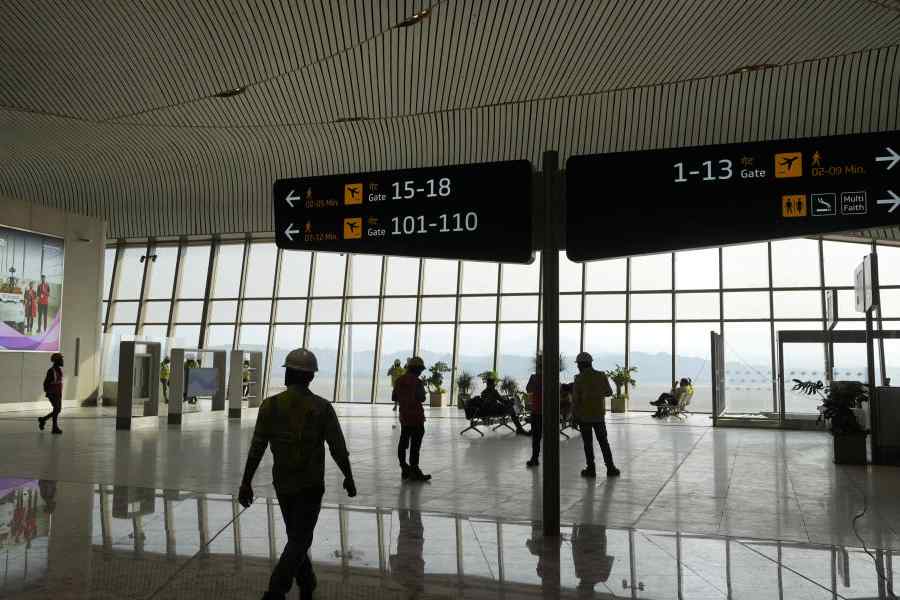 |
New Delhi, Aug. 27: A battalion of the Pakistani army’s Baluch Regiment is in possession of a height near Kargil and may be directing artillery fire on Dras and the arterial National Highway 1A, even three years after the Kargil war.
The location of the height, called Point 5353, is at the centre of a dispute that has been freshly stoked after Pakistani allegations — denied by New Delhi — during US under secretary of state Richard Armitage’s visit last week that India had attempted a combined air and land assault in its vicinity.
In a map shown to The Telegraph today at the army headquarters, Point 5353 is depicted on the Line of Control, at an aerial distance of about 12 km from Dras.
A defence ministry statement issued today also stated: “As far as Point 5353 is concerned, it is a point on the Line of Control as delineated after Simla Agreement. This has been authenticated on a map jointly by Lt Gen. P.S. Bhagat of India and Lt Gen. Abdul Hamid Khan of Pakistan on a map on December 11, 1972.”
Indeed, the controversy over the snowcapped Point 5353 — so called because of its height in metres (17,825.50 feet) — began raging even as India celebrated the heroism of its army in the Kargil war. During the war itself, there was little doubt on which side of the LoC Point 5353 lay. Officers had told correspondents covering the war that the height was occupied by intruders.
If that is true, the continued occupation of the point means that the Line of Control here has been altered by Pakistan.
The Baluch battalion holding the height is flanked by a battalion of the Pakistan army’s Northern Light Infantry on its east and by one of the Punjab Regiment on its west. It is supported by the brigade headquarters at Gultari and a spur of the hill feature is connected to Pakistan’s Benazir Post.
Point 5353 is on the Marpo La ridgeline that runs on or parallel to the Line of Control. Other spurs of the peak run south into the Dras sector.
To its immediate south is Tiger Hill and the Mushkoh Valley. In 1999, Pakistani intruders occupying the heights in this sector were directing artillery fire on Dras and National Highway 1A and were alleged to have planned to secure routes for infiltration into the Valley.
Army sources admit that Point 5353 does offer a view of NH1A. However, they say, it is not comparable in strategic importance to heights such as Tololing and Tiger Hill, the occupation of which led to the Kargil war. The principal objective then was to clear heights from where Pakistani observers could direct fire on NH1A that links Srinagar and Leh through Kargil.
Officially, army sources say the Pakistani occupation of the point does not pose an abnormally high threat to NH1A.
“There are heights from which we have a view of the PoK side and there are heights from where they have a view of our side. Besides, air observation posts (artillery observers on aircraft) can also mount a watch to direct fire. The view from Point 5353 does not seriously threaten our supply lines,” they say.
In August 1999, just after the Kargil hostilities had ended, George Fernandes, who was defence minister then, had said: “5353 is the point over which the Line of Control goes. The fact is our troops never occupied it. The normal practice has been that where the line goes over a peak, nobody occupies it.”
Even if Fernandes is taken at his word, the continued occupation of Point 5353 by the Baluch battalion means that Pakistan has departed from “normal practice”.











